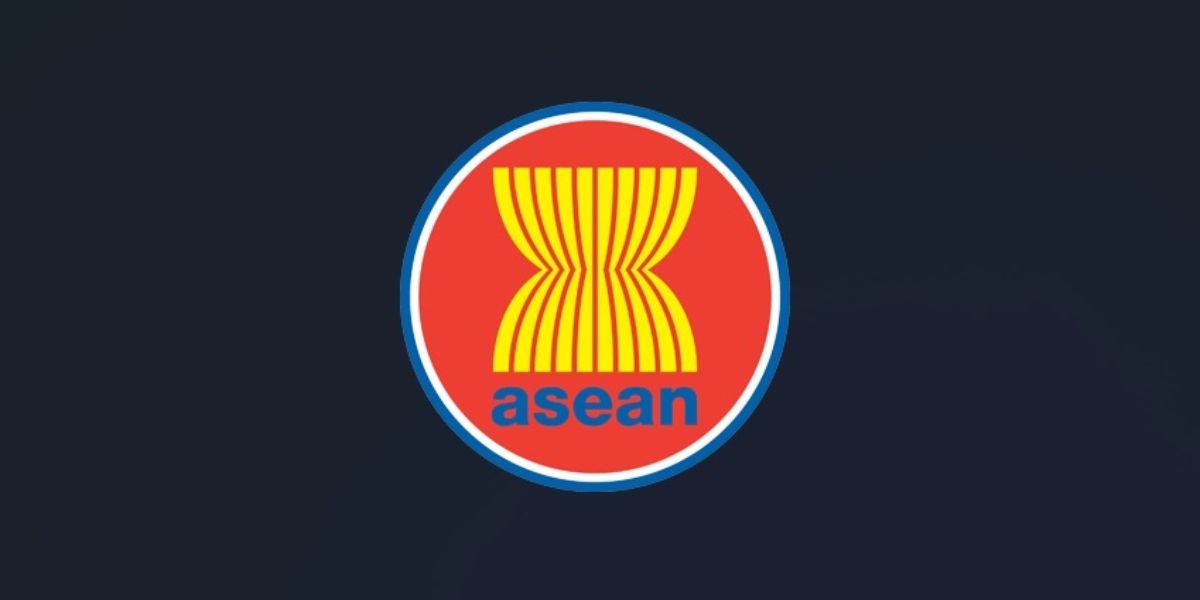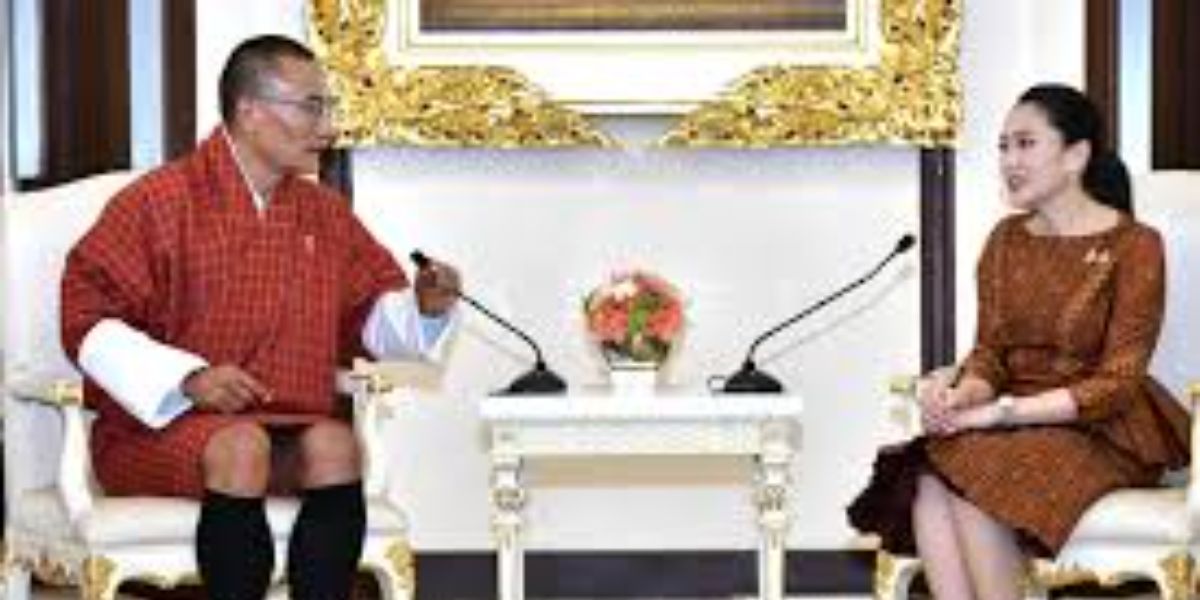The “AEC+3 Summit and Expo” convened in Bangkok on 3 November 2014. The event aimed to encourage Thailand’s businesses to invest more in the other countries of the Association of South East Asian Nations (ASEAN) and to promote Thailand as an economic hub in the region.
The ASEAN Economic Community (AEC) when implemented at the end of 2015 will have a combined population of around 600 million and will be the third largest market in the world. Members of the AEC have cooperated with the three other large economies of the region, China, Japan and Korea. Investment from those three countries into the ASEAN region has increased from USD 3.4 billion to around USD 21 billion in the last ten years. Direct investment by those three countries into ASEAN was around 53% of the total investment in the first four months of 2014.
Thailand’s Prime Minister suggested at the meeting that to become a trading hub within ASEAN Thailand must eliminate the tariff and non-tariff barriers that discourage foreign companies from investing in the country. Visa and work permit requirements need to be relaxed to encourage foreign enterprises to set up regional headquarters companies in Thailand. The Prime Minister suggested that Thailand’s economy could grow by around 5% in 2015 if the government’s transport and infrastructure projects, planned for the first quarter of next year, proceeded well. Thailand had the potential to become a trading hub for the region if the amount of regulation could be reduced for foreign enterprises.
The panel discussion at the Convention led to the conclusion that the reduction of tariff and non-tariff barriers was a key to successful economic integration within ASEAN, which is to be launched by the end of 2015. Much work is still to be done towards creating a single market and production base in the region. Progress has however been made towards free trade, with six ASEAN countries reducing tariff barriers to zero and Cambodia, Laos, Myanmar and Vietnam to do so by the end of 2015. There is still much work to be done in respect of the free flow of investment, services and labor.
The real impact of the AEC would depend on the implementation process after the end of 2015, and the work that could be done on the reduction of tariff and non-tariff barriers.
















